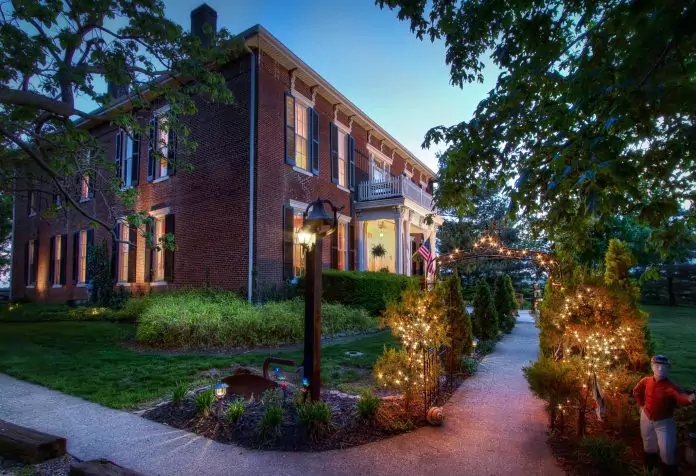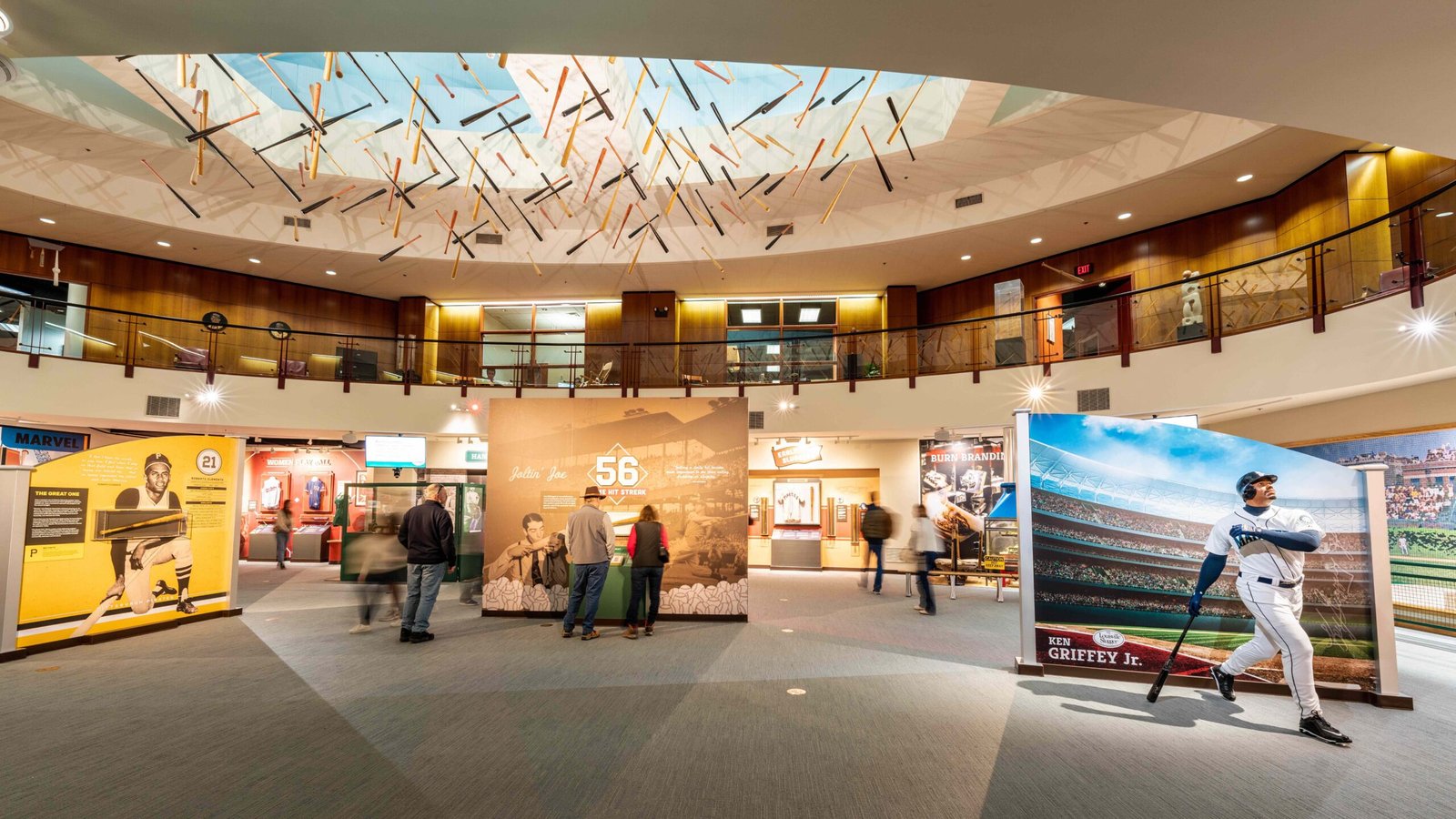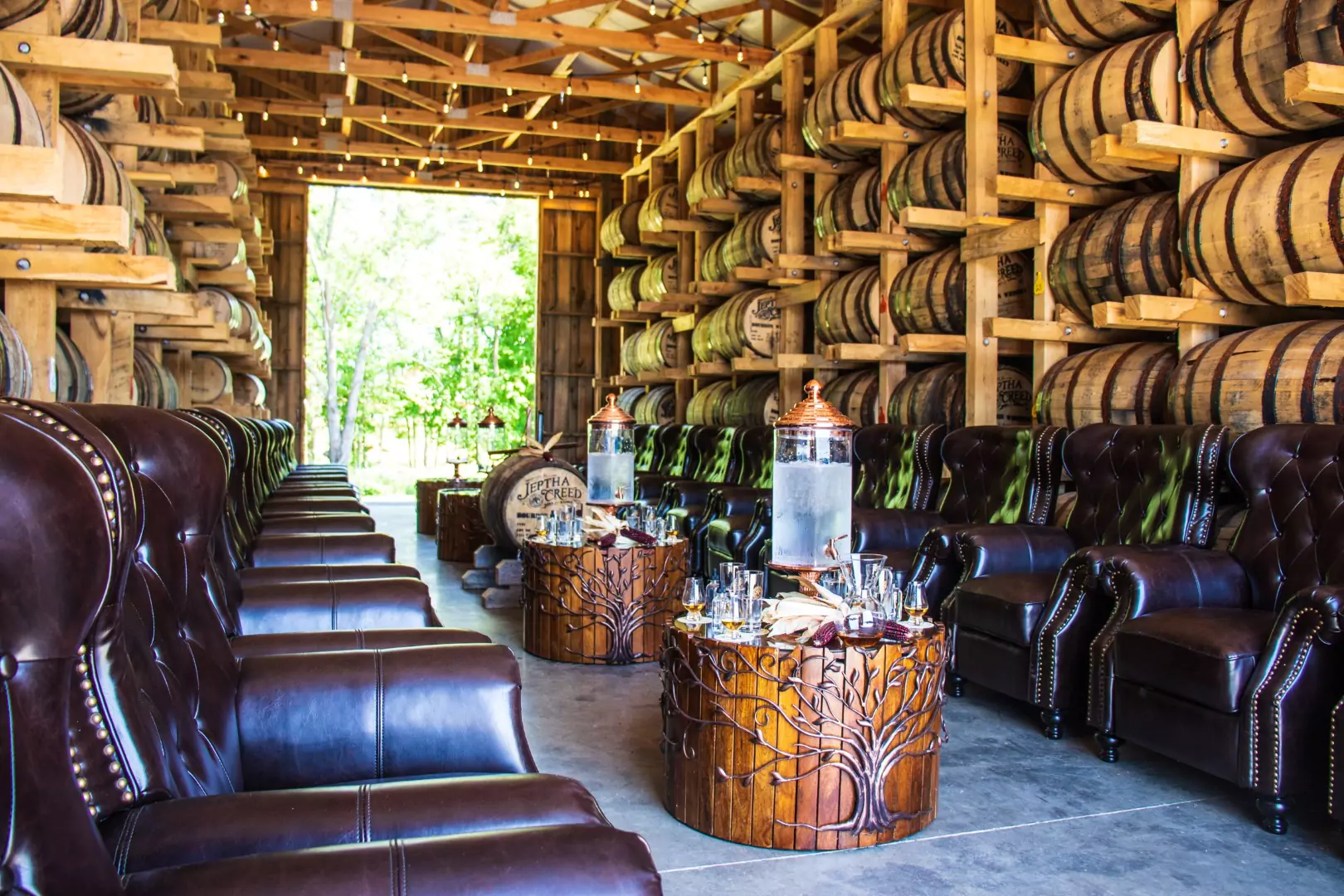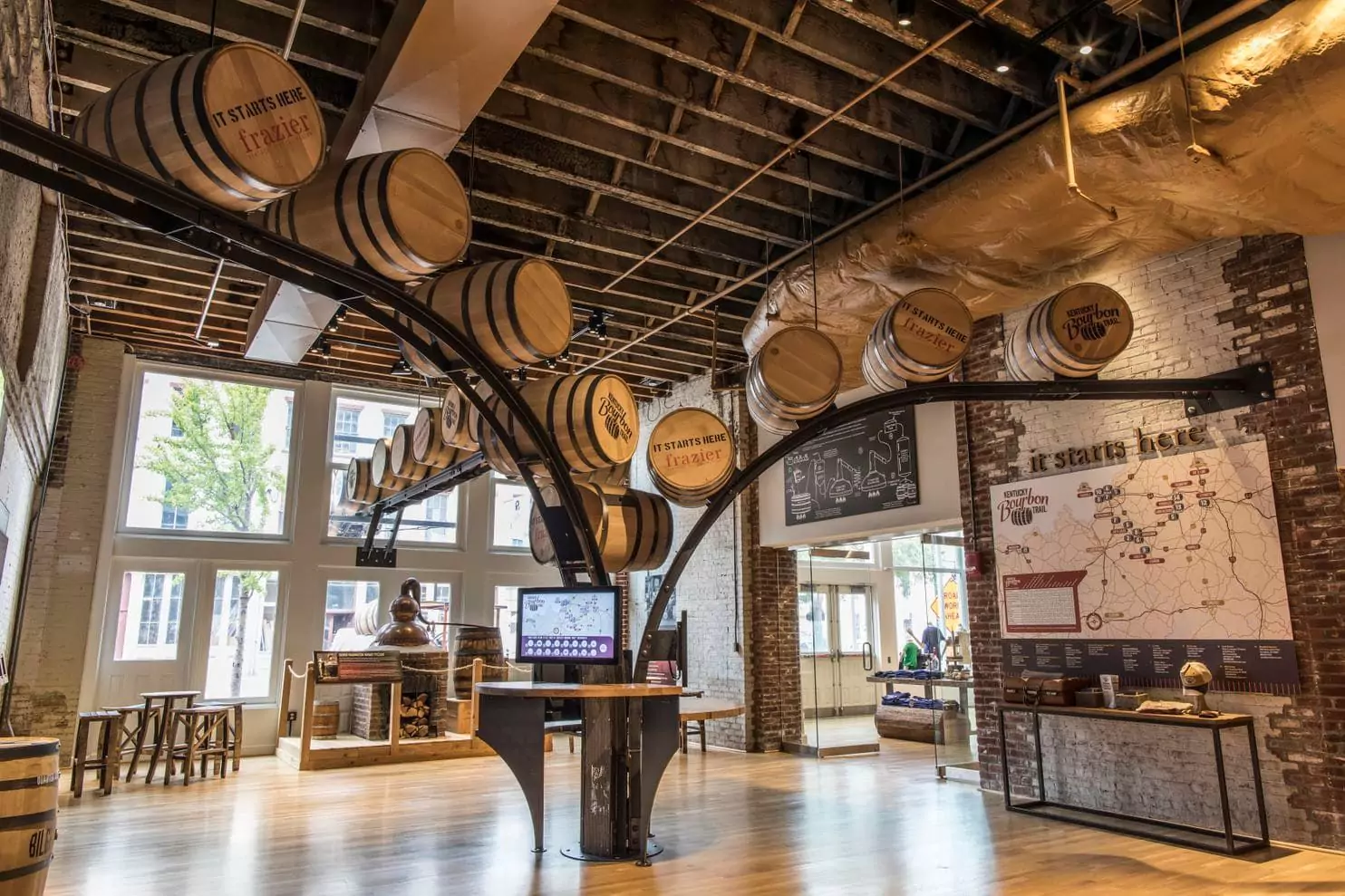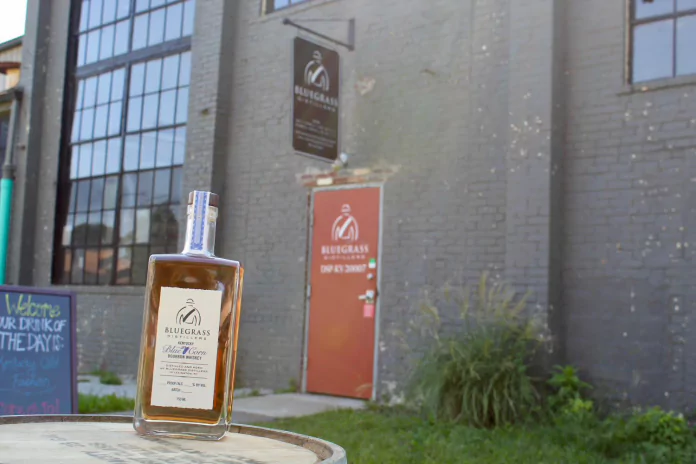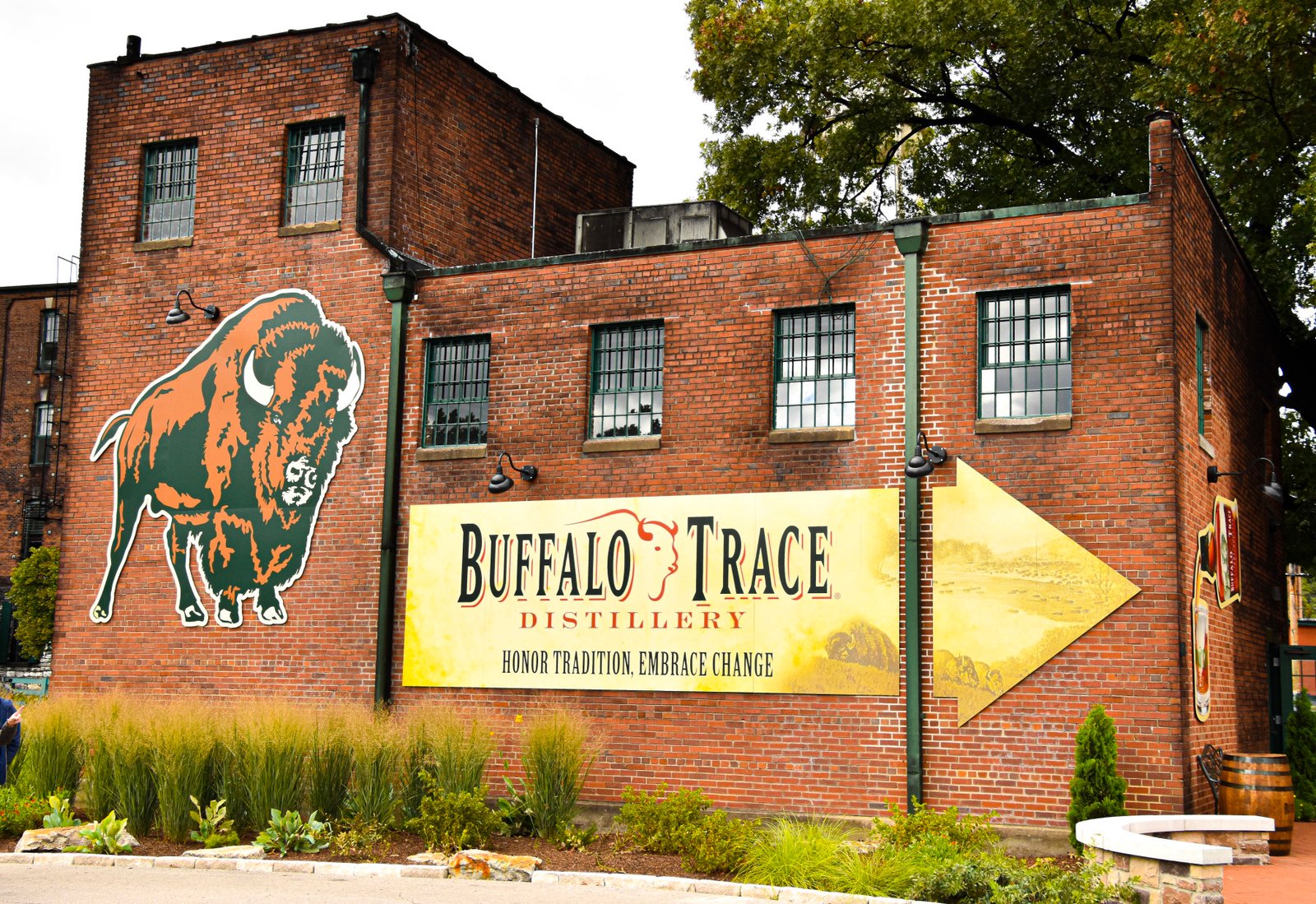The History of Bourbon: Understanding What You’re Tasting
Bourbon, the amber elixir beloved by whiskey enthusiasts around the world, has a rich and storied history that dates back centuries. From its humble beginnings in Kentucky to becoming a symbol of American craftsmanship and tradition, understanding the history behind this iconic spirit can enhance your tasting experience. Join us as we take a journey through time to explore the fascinating evolution of bourbon and uncover what makes it so unique and delicious. Get ready to sip, savor, and learn all about “The History of Bourbon: Understanding What You’re Tasting.”
Delving into Bourbon’s Rich Past
Bourbon has become an iconic American spirit, but its roots can be traced back to the early settlers of Kentucky. The name “bourbon” is believed to have originated from Bourbon County, a region in Kentucky that was named after the French royal family. However, the exact history of bourbon is still a topic of debate among historians.
The earliest known record of bourbon production dates back to the late 18th century when Scottish and Irish immigrants brought their distilling knowledge and techniques to America. These settlers found that the fertile land and limestone-rich water in Kentucky were ideal for producing whiskey. They began experimenting with different grains, including corn, which later became a key ingredient in bourbon.
One of the earliest documented mentions of bourbon was in 1785, when Reverend Elijah Craig established a distillery in what is now Georgetown, Kentucky. Legend has it that Craig accidentally charred his barrels and discovered that it gave his whiskey a unique flavor profile – one that would eventually become synonymous with bourbon.
As more settlers moved into Kentucky and began producing whiskey, the demand for this spirit grew rapidly. In fact, by the early 19th century, there were over 2,000 distilleries operating in Kentucky alone. This led to the establishment of major trade routes such as the Ohio River and Mississippi River, making it easier for bourbon to be transported across state lines.
However, during this time period, bourbon was not yet recognized as a distinct style of whiskey. It wasn’t until 1840 that Dr. James Crow perfected his sour mash process – using previously fermented mash to start new batches – which resulted in a more consistent product with improved flavor profiles. This helped establish bourbon as its own unique spirit.
In addition to these advancements in production techniques, another significant event occurred during this time period – Prohibition. From 1920 to 1933, all alcohol production and sales were banned in the United States. This led to the shutdown of many distilleries, and those that did continue producing spirits often turned to bootlegging or making low-quality moonshine.
After Prohibition was repealed, bourbon production began to flourish once again. However, it wasn’t until the 1950s and 1960s that bourbon truly became a global phenomenon. With the rise of American culture and iconic figures like Frank Sinatra promoting bourbon as their drink of choice, this spirit gained widespread popularity.
Today, bourbon is recognized as America’s native spirit and has strict regulations governing its production. It must be made using at least 51% corn and aged in new charred oak barrels for a minimum of two years. Each bottle also must be labeled with its state of origin – typically Kentucky – further emphasizing its rich history.
Delving into bourbon’s rich past allows us to appreciate not only the unique flavors but also the cultural significance behind each sip. From humble beginnings to worldwide recognition, bourbon has come a long way in shaping American history and continues to hold a special place in our glasses and hearts.
Explore the intricate processes behind bourbon production and gain insights into the craftsmanship of leading distilleries.
Bourbon’s History: Origins and Evolution
Bourbon has a long and storied history that dates back to the late 18th century in the United States. Its roots can be traced back to the arrival of European settlers, who brought with them their tradition of distilling alcohol.
The exact origins of bourbon are debated among historians, but it is widely believed that it was first produced in what is now Bourbon County, Kentucky. This area was once part of Virginia until 1792 when it became part of the newly formed state of Kentucky. The abundance of corn in this region made it an ideal place for distilleries to thrive.
In its early days, bourbon was known as “corn whiskey” and was primarily produced by farmers for personal consumption or to sell locally. However, as trade routes expanded and demand grew, bourbon began to gain popularity throughout the country.
One key event in the evolution of bourbon occurred in 1789 when Congress passed the Excise Whiskey Tax under President George Washington’s administration. This tax forced many smaller distillers out of business, leaving only larger producers who could afford to pay the tax. This shift towards larger operations helped standardize production methods and quality control measures, leading to a more consistent product that we recognize as bourbon today.
Another significant event in bourbon’s history was when Elijah Craig, a Baptist minister turned distiller, began aging his whiskey in charred oak barrels around 1820. This process not only gave bourbon its distinct caramel color but also added flavor notes such as vanilla and caramelized sugars due to chemical reactions between the wood and alcohol during aging.
As time went on, bourbon continued to evolve with advances in technology and changes in consumer tastes. In the mid-19th century, steam-powered stills replaced older pot stills used for distillation. Along with this change came new techniques such as sour mash fermentation – using spent grains from a previous batch as a starter for the next – which helped create a more uniform product.
Prohibition in the 1920s dealt a significant blow to the bourbon industry, forcing many distilleries to shut down or switch to producing other products. However, after its repeal in 1933, bourbon saw a resurgence in popularity and continued to grow throughout the mid-20th century.
Today, bourbon is experiencing a renaissance as craft distillers’ experiment with new flavors and aging techniques while traditional big-name brands continue to dominate the market. With its rich history and ever-evolving nature, there’s no doubt that bourbon will continue to be a beloved spirit for decades to come.
Begin planning your unforgettable journey along the Kentucky Bourbon Trail which offers comprehensive guides, distillery profiles, and touring tips to enhance your experience.
Key Historical Distilleries
Bourbon has a rich history, dating back to the late 18th century when it was first distilled in Kentucky. Over the years, many distilleries have played a significant role in shaping the bourbon industry and producing some of the most iconic and sought-after brands in the world. In this section, we will explore some of these key historical distilleries and their contributions to bourbon’s legacy.
Buffalo Trace Distillery:

Located in Frankfurt, Kentucky, Buffalo Trace Distillery is one of the oldest operating distilleries in the United States. It was established in 1792 by Harrison Blanton as a small family-owned operation. However, it wasn’t until Colonel Edmund Haynes Taylor Jr., known as “the father of modern bourbon,” purchased the distillery in 1870 that it gained recognition for its quality bourbon.
Buffalo Trace Distillery has survived through numerous challenges over its long history, including Prohibition and World War II. Today, it produces legendary bourbons such as Blanton’s, Eagle Rare, and Pappy Van Winkle.
Jim Beam Distillery:

Jim Beam Distillery is another historic landmark in Kentucky’s bourbon country that dates back to 1795 when Jacob Beam started distilling corn whiskey on his farm. The brand became famous after James B. Beam took over the business from his father-in-law and renamed it “Old Tub” after his favorite bathtub for fermenting mash.
In 1933 following Prohibition repeal, Jim Beam Distillery introduced its flagship brand – Jim Beam Bourbon – which quickly became a household name worldwide. Today, under seventh-generation master distiller Fred Noe’s leadership, Jim Beam continues to produce award-winning bourbons such as Booker’s and Knob Creek.
Brown-Forman Corporation:

Brown-Forman Corporation is not just one specific distillery but rather a company that owns multiple distinctive brands like Woodford Reserve, Old Forester, and Jack Daniels. The company’s history dates back to 1870 when George Garvin Brown founded it in Louisville, Kentucky. Brown was the first person to put bourbon in a bottle and sold it with his name on the label, ensuring customers of its quality.
Woodford Reserve, one of the company’s most prominent brands, has a rich heritage as well. It is produced at the historic Woodford Reserve Distillery in Versailles, Kentucky – one of the oldest distilleries listed on the National Register of Historic Places.
These are just a few examples of key historical distilleries that have played an essential role in shaping bourbon’s past and present. While there are many others like Michter’s and Four Roses that deserve recognition, these three have stood the test of time and continue to produce some of the finest bourbons enjoyed by whiskey enthusiasts worldwide. By understanding their history and legacy, we can better appreciate what we taste when sipping on a glass of bourbon from these iconic distilleries.
How History Influences Taste
History and taste are two seemingly unrelated concepts, but when it comes to bourbon, they are intrinsically connected. In fact, the history of bourbon has played a significant role in shaping the taste of this beloved American spirit.
One of the key ways that history has influenced the taste of bourbon is through its production methods. Bourbon must be made from at least 51% corn and aged in new charred oak barrels. These requirements were established by law in 1964, but their origins can be traced back to the early days of bourbon production.
In colonial America, farmers realized that corn was a more profitable crop than other grains such as wheat or rye. As a result, they began using excess corn to make whiskey. However, due to its high sugar content, corn-based whiskey had a sweeter taste than traditional whiskey made from rye or barley. This led to the development of what we now know as bourbon.
The use of new charred oak barrels also has historical roots. In the late 1700s and early 1800s, Kentucky was abundant with white oak trees, making them easily accessible for barrel-making. As these barrels were reused over time, it was discovered that they added unique flavors and aromas to the whiskey stored inside. The charring process also helped remove impurities and created a smoother finished product.
Another way that history influences the taste of bourbon is through its aging process. Unlike many other spirits which are aged for short periods of time in used barrels or stainless-steel tanks, bourbon must be aged for at least two years in new charred oak barrels by law. This requirement stems from an era when long-distance transportation was difficult and resulted in prolonged storage times for bourbon on riverboats traveling down the Mississippi River or on ships crossing oceans.
During these extended journeys, bourbons would take on flavors from their surroundings – including those from the wooden decks and cabins – resulting in a more mature and complex taste that is now synonymous with bourbon. Today, this traditional aging process is still used, leading to the rich and oaky flavors that are characteristic of bourbon.
Moreover, the history of bourbon is also closely tied to the people who made it. From the early pioneers who settled in Kentucky and brought their knowledge of distilling from their home countries, to enslaved Africans who were instrumental in perfecting the production process, each group has left its mark on the development of bourbon’s taste.
Understanding how history influences taste can deepen our appreciation for bourbon and all that goes into making this iconic spirit. From its origins as an accidental byproduct of corn farming to its current status as a globally recognized drink, every aspect of bourbon’s story has contributed to its unique and delicious flavor profile.
Discover the heart and soul of bourbon country with Bourbon Town Tours. Experience exclusive tours that offer a deep dive into the rich history, culture, and, of course, the exquisite taste of America’s native spirit. Whether you’re a bourbon aficionado or new to the world of whiskey, our expert guides will ensure an unforgettable journey through the most iconic distilleries and hidden gems of bourbon country. Ready to embark on an adventure of a lifetime? Book your tour today and let Bourbon Town Tours show you the true spirit of bourbon.

